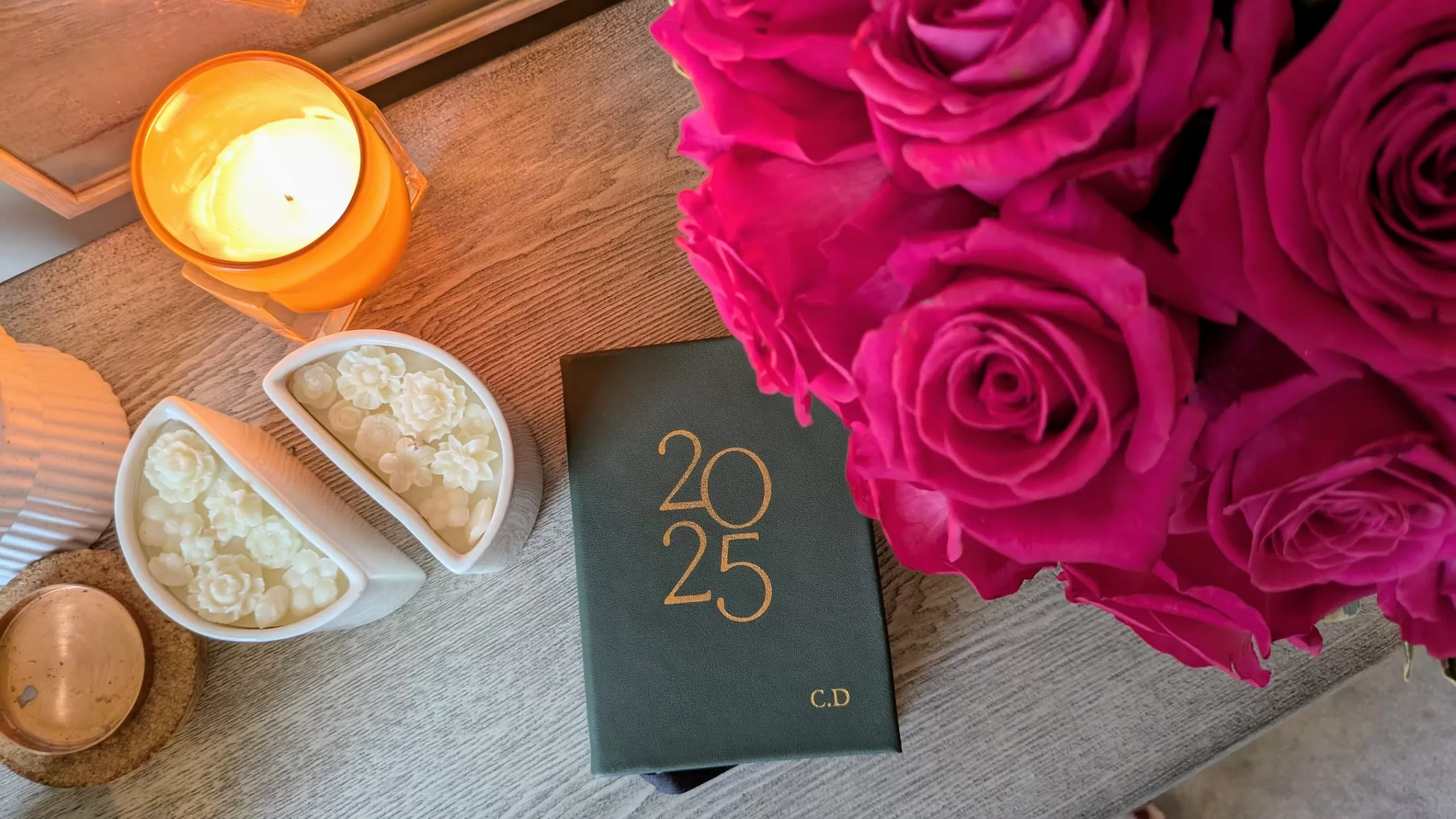This post may contain affiliate links. Every link is hand-selected by our team, and it isn’t dependent on receiving a commission. You can view our full policy here.
In early 2011, I found myself scanning WebMD and every questionable blog that turned up in my search results as I frantically Googled my symptoms. My left foot had gotten a reddish-purple spot, and it was spreading. It looked like a bad sun burn, bordering on a bruise, depending on the day, and while a biopsy turned up perfectly normal—”your vessels are just dilated…permanently!”—I wasn’t satisfied with the answer. Especially when faced with half a dozen doctors who’d never seen anything like my case. And when a battery of tests came back normal, save for the ANA (anti-nuclear antibodies) test. It doesn’t mean you have or will have an autoimmune disease, but it could. And “could” was enough to send me into a Google spiral.
That’s how I first learned about Multiple Sclerosis, along with a host of other diseases. I panicked. I knew I was doing what any doctor—or reasonably sane person—would tell you not to do, but I was desperate for answers. To date, my answer has been that it seems I have General Essential Telangiectasia, which essentially means the blood vessels in my foot have permanently dilated, and it’s spreading, but I shouldn’t be worried because it doesn’t seem linked to anything…unless I start experiencing a litany of other symptoms, but hey, until that happens, don’t worry, okay?! Easier said than done.
“I tell myself, ‘You’re going to live in a way that would be an example for yourself and your son.’”
—Selma Blair
When I first learned about Selma Blair’s MS diagnosis, my heart broke for her. It’s one of the list of disease symptoms I watch out for: vision problems, tingling/numbness, spasms, dizziness, bowel dysfunction—the list goes on. But through her Instagram posts and a recent cover story with People, she’s shown the reality of the disease, pairing frankness with a sense of humor and gratitude for the good things in her life, becoming the ultimate example of not letting fear or worry keep you from actually living. Even if the current moment sucks.
“My disease isn’t a tragedy, but I tell myself, ‘You’re going to live in a way that would be an example for yourself and your son,’” she told the magazine. “My sickness helped me recognize my strength. It’s been a year of learning how to stand up for myself and for other people. I feel more comfortable in my skin now, even if my actual skin is uncomfortable.”
It’s not all silver-cloud-lining pep talks; Selma’s very honest about her experiences, without sugarcoating things or inviting pity. In her People story, she talks about the “physical comedy” of having MS, and how she worried her 8-year-old son would be embarrassed to have his friends and classmates see her (he isn’t, she learned)—and how it bothered her to have her son witness her fall down or rush to the bathroom when she’d suddenly get sick. She’s wrestling with these feelings and experiences, and with each step, she’s learning how to stand up for herself, how to ask for help, and what it means to accept that help.
It’s a reminder that no matter what I’m going through, I can choose fear. I can choose worry. Or I can choose to feel those things and push past them, refusing to let them define me or my life. No matter what a diagnosis ultimately reads.




